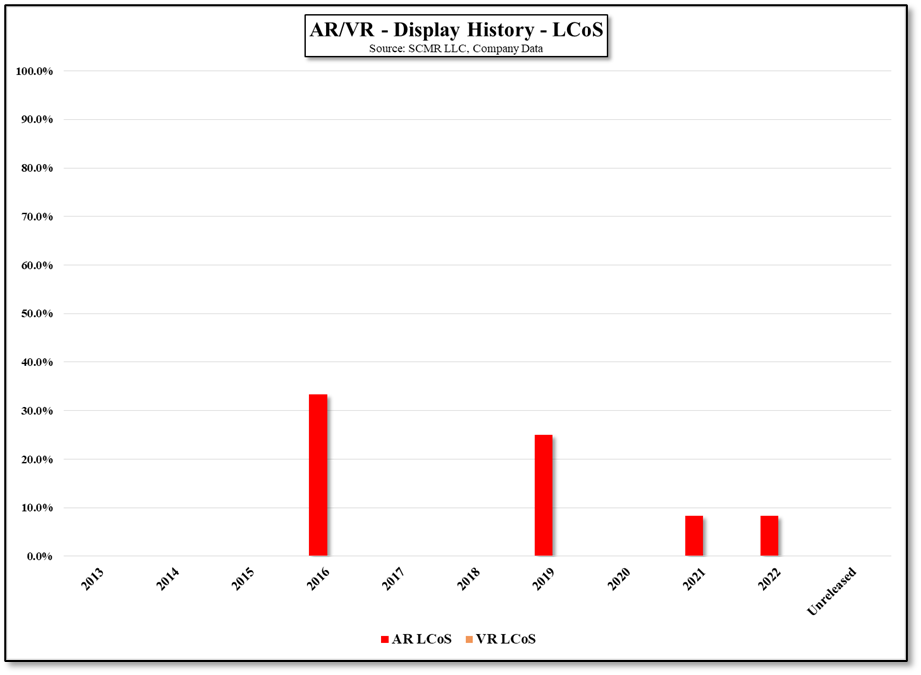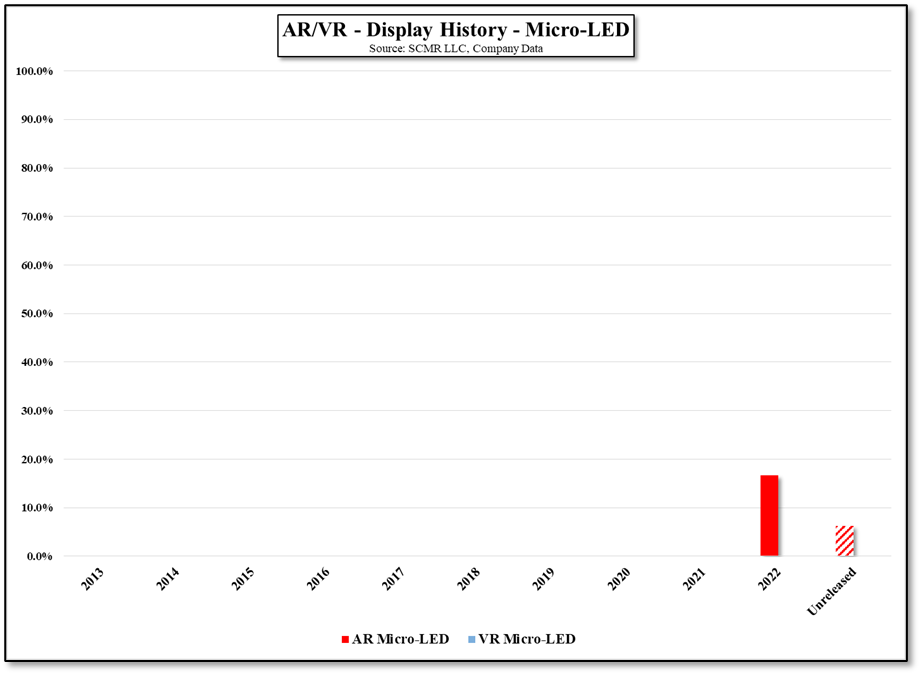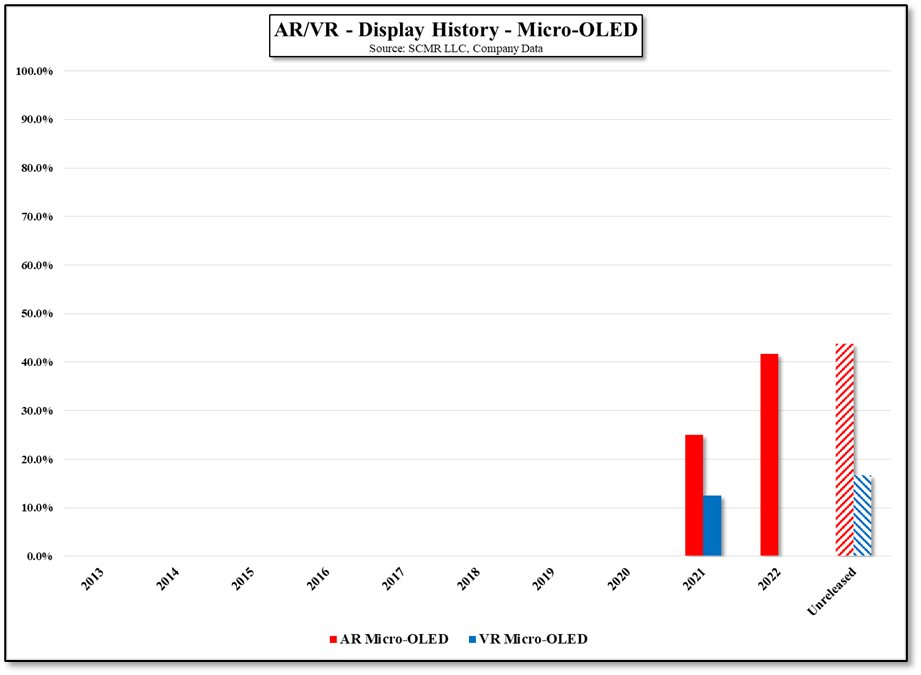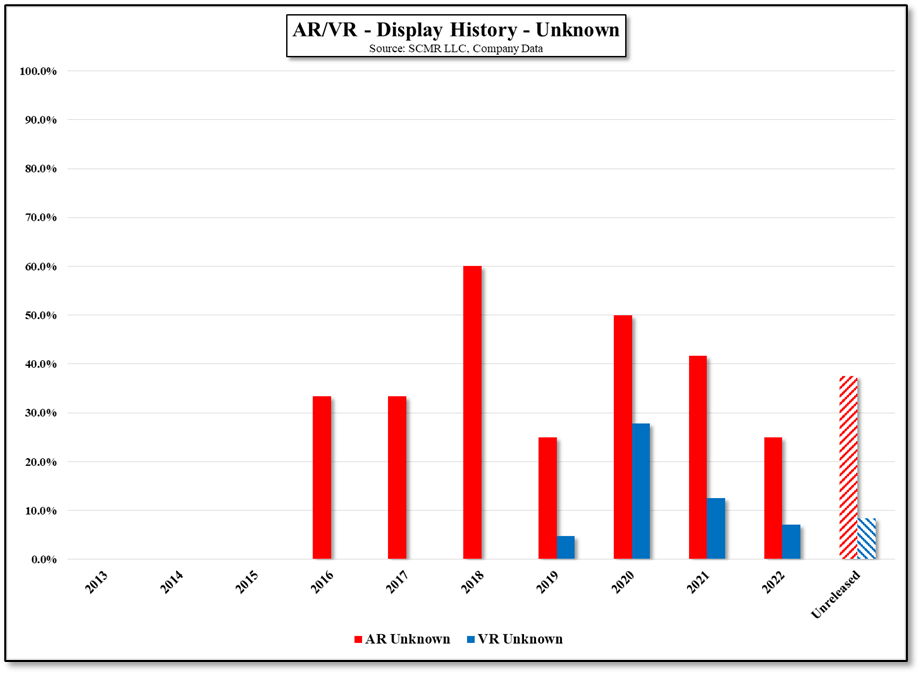Repair
AR however is a less complex and more accessible technology that is able to provide information to the user without requiring isolation from the real world, and will become imbedded in a number of business segments, particularly the service industry. By service here we mean ‘servicing’, or the repair or maintenance of equipment. Anyone business owner or consumer who has had to call in a repair person for even the most minor issue, is aware that there is no end to the complications and costs involved.
Home appliances are a perfect example, as when a repair is needed, almost regardless of the item, a flat fee is charged just to make the visit, with an additional hourly charge as soon as the repair person walks through the front door. Then, there is the location of the model information, which is hopefully easily accessible, and the inevitable question of, “Do you realize how old this unit is?”, which sets the tone for expensive parts that could be in short supply. Next comes the phone call to the office, asking about the particular potential problems that might be at cause, even before a screw is turned, with the result being, “…It could be the motor (or whatever) which is going to be a problem as they don’t make it anymore…”. If the repair person is younger than 25, there is another call to the office to talk to the boss who explains the possible issues of said pre-digital appliance, and then more parts removed.
When the issue is discovered there is another call to the office, this time to speak with Loretta, the keeper of the parts catalogs, to find a replacement part number, and another call to Bill’s Appliance Parts Emporium to order the replacement part, followed by the inevitable, “looks like they have to order it, so we should have it within 5 to 7 business days…”, at which point you are left with a bill for the time spent, a promise as to when the part will come in, the hope that they will call when it does, and that the same repair person will be available to install the replacement part. When the part come in, if you are lucky the same repair person is available, although if not there will be another series of phone calls to get the situation explained and some tips on how to install the part. Eventually your appliance gets fixed (7 to 10 days?) and you geta bill for the ‘arrival fee’, time spent, and the marked-up parts, which, in the case of a refrigerator, can cost as little as $40 and as much as $1,000 ($350 average) according to Home Advisor.
Given that the company’s products are extremely complex and therefore require years of experience to install and repair, Fujitec has been testing the AR glasses for the last few years and has now decided to deploy the glasses across the company’s service engineers. The glasses can be used while wearing helmets, regular glasses, or gloves, and have an extended battery life. By using the glasses, experienced engineers can guide those providing installation or repair support without travel, reducing repair cost and the need for more extensive training. The glasses themselves are technically adaptive frames that can be used with or without eyeglasses, weigh under 3 oz. and can be mounted in a hardhat if necessary. Based on an 8 core Qualcomm (QCOM) XR1 processor and 64GB of internal flash (6GB RAM), the glasses have 3 DOF head tracking, 3 axis gyro, accelerometer, and compass, along with and an OLED display[1] with a brightness of over 2,000 nits and 24 bit color.
The hot swappable battery pack (2 to 12 hours) can be worn as part of the headset or a 3rd party pack can be used, while the noise cancelling microphone and integrated speakers serve as adjuncts to the 12.8 MP (4k 30 FPS) camera with image stabilization and barcode scanner. The glasses are wireless using Bluetooth, Wi-Fi a/b/g/n/ac and 5G connectivity, all of which means that pretty much anything you see will be seen by others at a remote location as you see it, and detailed guides and information can be superimposed over the item under repair to make diagnosis and repair a simpler task.
The M-400 series units retail for $1,800 with a variety of accessories, although we expect Fujitec will be working under a more discounted pricing system given the company’s employee base of ~10,000. There is no information as to the timing of the roll-out and there will likely be a relatively long learning curve for those who have not participated in the trials, but such a deal is a feather in the cap for the AR world and is a good example of applications where AR has very practical applications. We use this as an example only and are not indicating that it ushers in the ‘era of AR’ but serves as a point along the evolutionary path of AR and its potential applications in the business world, beyond any consumer applications. While it might seem an expensive tool currently, we expect it would pay for itself quickly in the kind of applications Fujitec would be using the device.
[1] Equivalent to a 5” mobile device at 17”





















 RSS Feed
RSS Feed